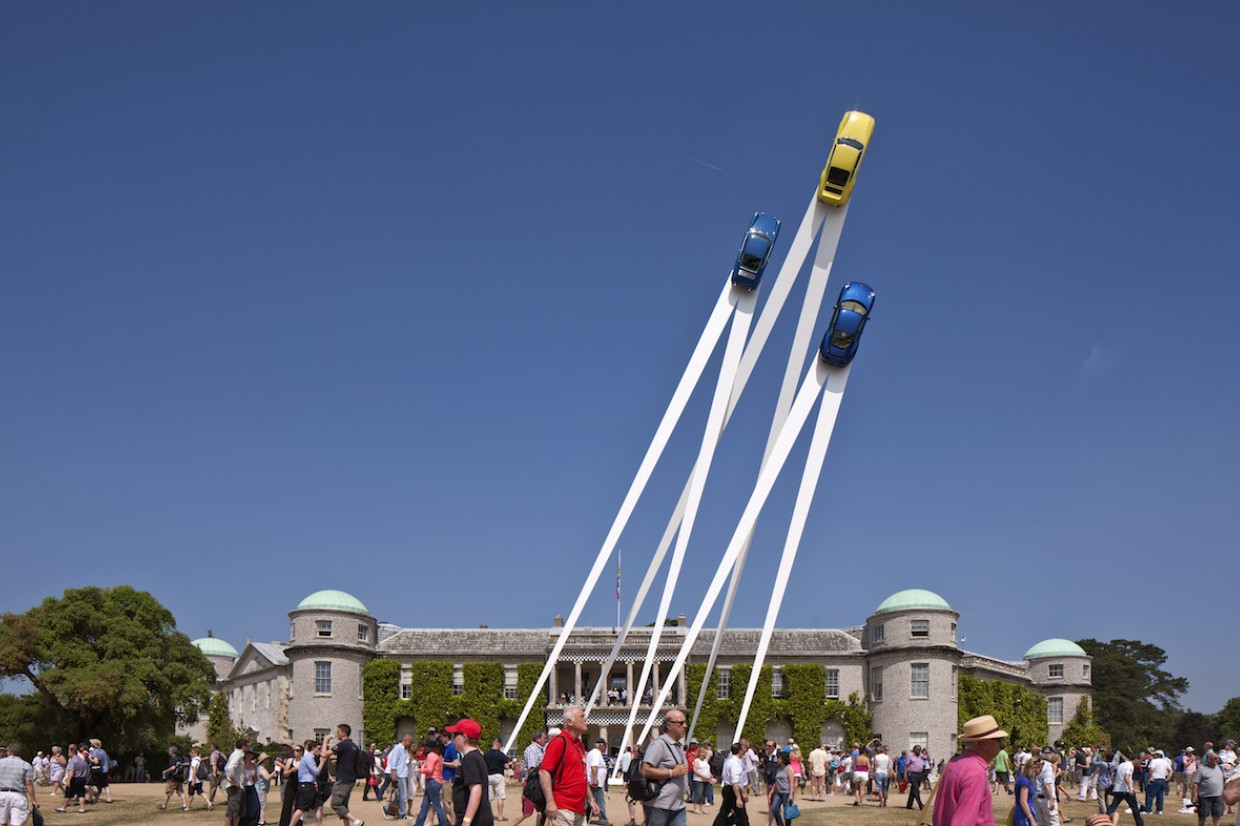
A few people seem to have become a bit blasé about the enormous, alien sculptures that loom annually over the Goodwood Festival of Speed.
I can even understand why – at the most fundamental level each combines some massive, usually white structure and some cars.
This year I heard someone muttering that they didn't think the trio of 911s was quite as close to the flightpath as the 300SL 'Gullwing' had been some years before, and that is a depressing sign of how these artworks are now being judged.
In fact, I saw it a load of times, an initial 'wow', a five-second pause and then wandering on to stalk some minor F1 driver with a "seen it all before" shrug of the shoulders.
It's human nature I suppose, but if that's the attitude, boy are we taking these things for granted.
Perhaps I even needed reminding myself what astonishing engineering, what phenomenal works of art these gravity-defying behemoths are.
The sculptures, of course, have all been the brainchild (brainchildren?) of one man: Gerry Judah.
Born in Calcutta in 1951, he moved from the colour and drama of India to "post-war drab" London when he was 10. Inspired by the Indian architecture and landscape he remembered so fondly, as soon as he graduated from all the best places – Goldsmith's then Slade – he didn't start out small, but set straight to work on large sculptures.
His work has been everywhere, but ever since his first showing at Goodwood – an arch for Ferrari in 1997 – that is where his work has been most prominent publicly.


